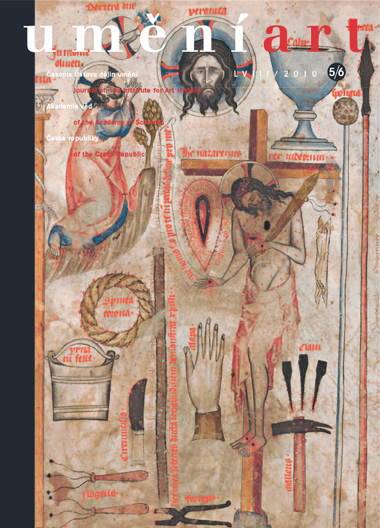Achim Timmermann
A Sacrament House in Jerusalem: Time- and Spacebends in a Polish Entombment (c. 1465)
This brief essay explores a series of temporal and spatial ambiguities in a Polish painting of Christ's entombment, which initially belonged to a triptych commissioned in c. 1465 for the high altar of the Dominican church in Kraków. Now displayed in Kraków's Muzeum Narodowe, the painting depicts the Entombment as taking place before the city walls of Jerusalem. What is unusual about this scene is the architectural frame of Christ's sepulchre, which is clearly modeled on that of late medieval sacrament niches or sacrament houses (such as that of Charvatce in northern Bohemia, dating to c. 1460-1470), receptacles for the consecrated host. This deliberate architectural anachronism produces a visual and semantic oscillation, in which the there and then becomes the here and now, Christ's historical body becomes his meta-historical double, the Eucharist, and in which the city walls of the biblical Jerusalem temporarily become those of late medieval Kraków - and vice versa. In particular, this tabernacle-tomb may have been intended to to call forth memories of a very specific event in the annus liturgicus, the depositio hostiae (or depositio crucis) that occurred on Good Friday and that constituted the opening act of the Easter drama.
Full-text in the Digital Library of the Czech Academy of Sciences:
https://kramerius.lib.cas.cz/uuid/uuid:2fd8e8e2-7c3d-dffe-3e04-000a51236bf8
< back

